Mary and Leigh Block Museum of Art issued the following announcement on Nov. 21.
In September 2018 the Block Museum welcomed Evelyn Kreutzer as a 2018-2019 graduate fellow. Block Museum Graduate Fellowships are offered to two graduate students annually, one from Art History and one from any department within the Graduate School. Graduate Fellows are integral members of the museum staff and support projects through exhibition and collection research, curating, writing and catalog production. We took a moment to sit down with Kreutzer, a PhD candidate in Screen Cultures to discuss her background and forthcoming work.
Can you tell us a bit about your background and your field of study?
I grew up in the Bonn area in Germany and did my undergrad in American studies and German literature at the Free University of Berlin. Initially, I chose my major based on a relatively naive interest in American popular culture, but it eventually opened up a multi-faceted and interdisciplinary course of study to me. During my time there I got to spend a year abroad at the University of California, Santa Cruz, where I took film and music production classes in addition to my otherwise more theory- and history-heavy seminars, and increased my interest to combine theory and practice in media studies. After my BA I did a summer internship at the Metropolitan Museum of Art, New York, which was a truly exceptional learning experience.
In addition to creating content for the museum’s social media sites and digital collections, I designed and gave Highlights and Special Topics tours of the museum to the general public. Above all, my time at the Met challenged me to make cultural objects accessible and interesting in different media formats and to different audiences, which is a training I value highly and am trying to apply to the academic conversations I have nowadays as well. I’m in my fifth year in the Screen Cultures Ph.D. program at Northwestern now. My dissertation deals with representations of European classical music tradition in American TV and video art from the Cold War era and considers how notions of class and taste politics factored into transatlantic diplomacy at the time. While my methodology is mainly influenced by media studies and historiography, I also apply musicological literature and modes of analysis coming out of sound studies to my project.
What will you be focusing on while you are here?
I’m fortunate to work on several ongoing projects, which gives me valuable insights into various aspects of museum work. Currently, I’m mostly busy with Pop América, 1965–1975, an exhibition on pop art from across the Americas that will travel to us from the McNay Art Museum in San Antonio and the Nasher Museum of Art at Duke University in the fall of 2019. I’m preparing research material and helping with programs and events that will engage the diverse Northwestern and Evanston communities with the exhibition. The main challenge is to pay tribute to the tense and often devastating political contexts, out of which many of the represented objects stem, but also consider them in the playful spirit so strongly associated with pop art. Together with my Screen Cultures colleague Esra Çimencioğlu I’m also curating Migrating Berlin, a film series on migration and spatial transformation of the city around the time of Germany’s reunification, to be held at the Block cinema in the winter quarter this year.
What drew you to the Block Museum mission, exhibitions, and collection?
I was a regular visitor of the exhibitions and cinema programs at the Block since the beginning of my time at Northwestern, but the A Feast of Astonishments exhibition in 2016 was an especially important and memorable event for me, which not only helped shape my dissertation (which includes a chapter on some objects from the exhibition and the Moorman archive) but also helped me understand the Block’s interdisciplinary, interactive and holistic exhibition philosophy. Having participated in the Moorman symposium and having seen the musical and conversational events scheduled for and around the exhibition, was an impressive undertaking that honored the performative and historically revolutionary aspects of Moorman and the Fluxus movement. Through the Moorman symposium, I also met curator Corinne Granof, who now supervises my work at the museum and who has been incredibly welcoming then and now. This exhibition and all following programs I witnessed have brought together artists, scholars, independent researches, performers, students and faculty, and the larger Evanston/Chicago community in a very inclusive way. I also appreciate the ways in which the museum collaborates with the university archives and encourages students to do the same. All of these factors combined strongly encouraged me to reach out when I saw the call for applications.
What museum exhibitions or programs (outside the Block) have inspired you lately?
I spent several weeks in Cologne this summer. Having grown up in the area but also having moved away before my academic training started, I was curious to get to know the city’s rich cultural landscape with fresh eyes. I was especially fascinated by the Kolumba museum, which houses objects from the archive of the Archdiocese of Cologne. It moved into a new, architecturally ambitious building a little over a decade ago, which uses the incidence of natural light in very interesting, aesthetic ways. It also incorporates and exhibits ruins from Ancient Rome and World War II in a very self-reflexive way. The collection spans quotidian objects and artworks from late antiquities all the way to contemporary art, and the regularly changing exhibitions combine artworks from these diverse historical periods in fluid spatial designs and with minimalistic labels and guidance on site. Visitors receive an expansive booklet on the objects at the entrance, so that they can freely decide how much they want to learn about the objects and are free to guide their path through the galleries by other, intuitive factors. I appreciate the almost radically democratic approach to spatial navigation and the way that the museum integrates material and symbolical ruins into its design.
Original source can be found here.

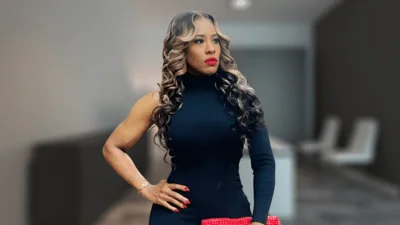
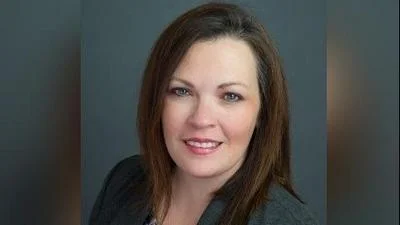
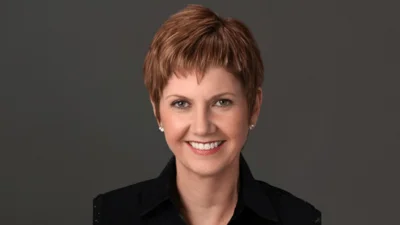
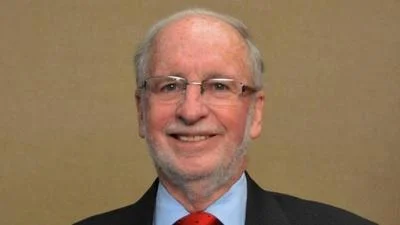
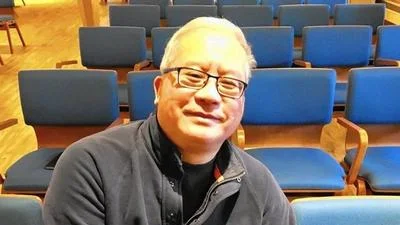
 Alerts Sign-up
Alerts Sign-up